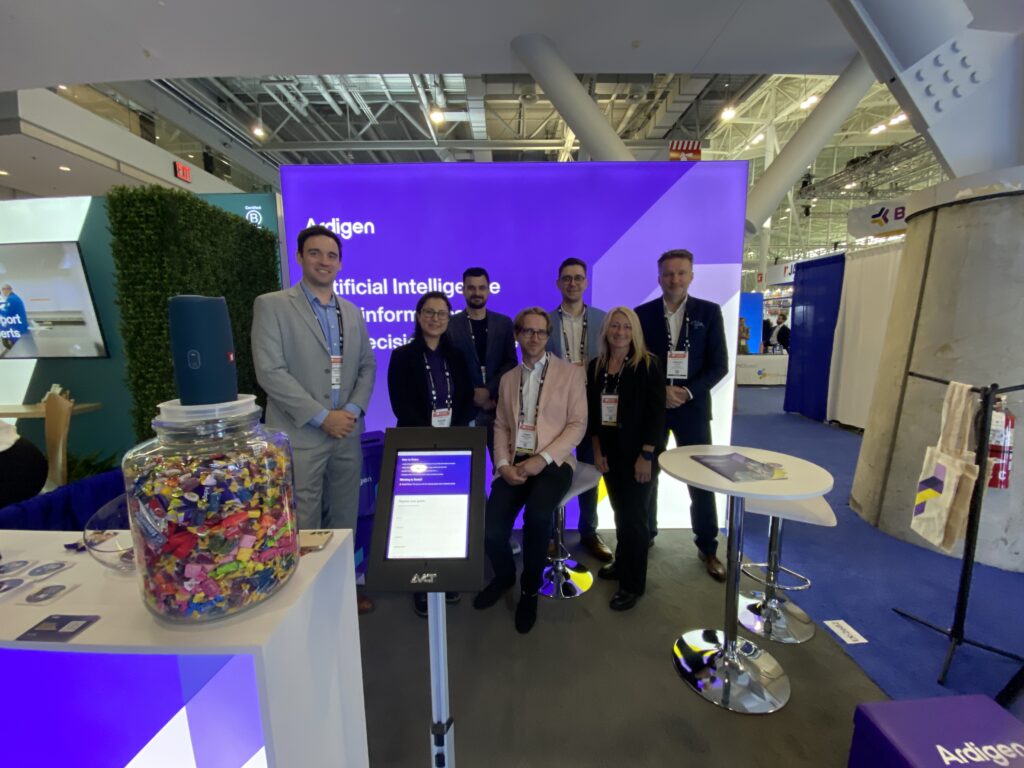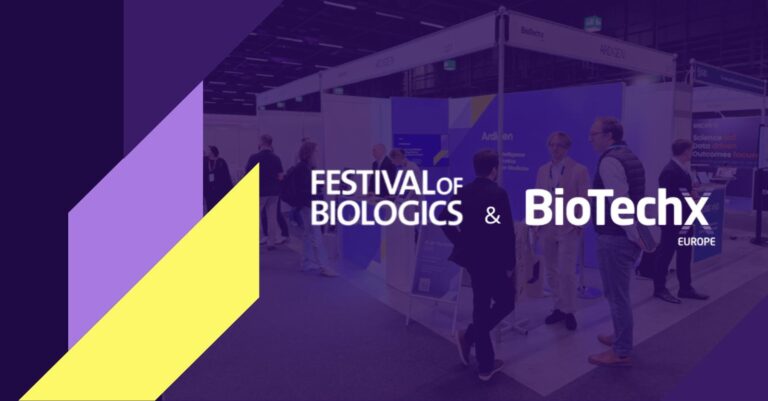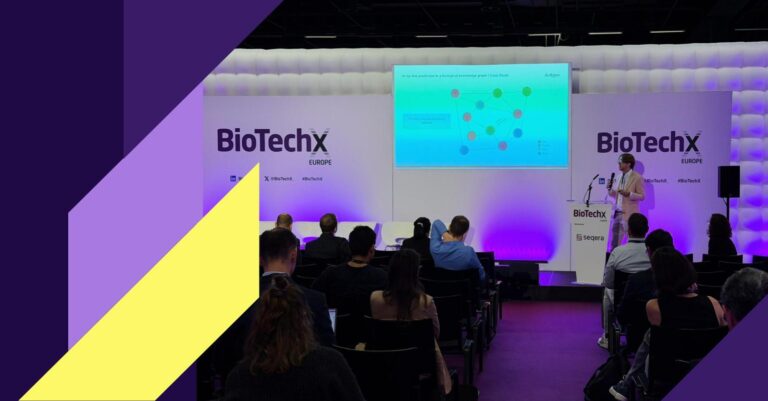Between June 16 and 19, 2025, Boston once again positioned itself at the heart of global biotech discourse. This year’s BIO International Convention – long considered a cornerstone event for the life sciences – brought together pharmaceutical leaders, early-stage innovators, investors, regulatory bodies, and patient advocates. Yet what truly stood out was a distinct shift in tone: artificial intelligence, reimagined modes of collaboration, and a more nuanced understanding of biological value have moved beyond theory. They’re now central forces actively shaping the industry’s direction.


Data Quality and Model Interpretability Take Center Stage
AI-focused sessions, including “AI Summit: What is Working? What’s Next?” and “AI in Biologics Drug Discovery,” zeroed in on two recurring themes: data quality and model interpretability. Speakers from companies like NVIDIA (Vega Shah, PhD), Sanofi (Ashoka Madduri, PhD, MBA), Eli Lilly and Company (Yue Webster, PhD, MBA) pointed to persistent challenges – chief among them the lack of standardized datasets and the inherent complexity of biology, both of which make transferring AI models across research contexts difficult.
Importantly, the conversation has moved beyond performance metrics. It’s no longer enough for a model to be accurate; it must also be adaptable to specific research goals, offer reliable predictions, and be understandable to both scientific and regulatory teams. Even large language models (LLMs) rely on well-structured, high-quality input data. Without that, code alone won’t deliver impact. This shift – from focusing on model architecture to prioritizing data integrity – is quietly transforming how AI is viewed across the biotech landscape.
Redefining ROI in the Age of AI
Sessions like “Return on Innovation – Redefining ROI in Biotech,” featuring speakers such as Daria Fedyukina (ARPA-H), Daniel Gibbs (Cirsium Biosciences), Jonathan Hostens (Insight Partners), Alex Morgan (Khosla Ventures), and Nabiha Saklayen (Cellino), alongside a range of partnering meetings, tackled one pressing question: how can we accurately measure the value of AI in R&D pipelines? For many experts, the answer is becoming clearer—technology must deliver verifiable results, not just theoretical promise.
Investors at BIO highlighted three recurring success factors: strong, experienced teams; deep awareness of the competitive landscape; and precise risk management. Increasingly, ROI frameworks are being recalibrated to connect upstream data with downstream biological outcomes – a shift that places scientific rigor and business value on equal footing.
Patient-Centric Design Meets Inclusive AI
In sessions addressing access and equity – such as “Patient Diversity & Access to New Medicines” and “Copays Kill” – participants emphasized that predictive accuracy alone is not enough. AI must also reflect the real-world diversity of patients: genetic, geographic, and socioeconomic.
The concept of “augmented personalization” is gaining traction, combining molecular targeting with a deeper understanding of patients’ lived realities. This more holistic approach is influencing everything from trial design to clinical implementation – and setting a higher bar for what ethical, effective AI in healthcare should look like.
Trust, Transparency, and the Changing Face of Regulation
Among the sessions focused on regulatory topics, the “US Legal and Regulatory Framework for AI in Healthcare” held particular significance, where the conversation turned not only to legal frameworks, but to the deeper issue of public trust. The FDA presented new guidance for Clinical Decision Support Systems (CDSS) and offered a rare glimpse into how it’s leveraging AI internally to streamline document review processes – an effort that underscores how regulators are adapting alongside innovators.
A recurring concern was the lack of diversity in training data. Speakers warned that overlooking this issue doesn’t just affect model performance – it risks embedding systemic bias into regulatory decisions themselves.
Increasingly, success in this space isn’t just about building better models, but about building systems that are explainable, auditable, and ethically grounded from the start. Compliance, in this sense, is evolving from a legal hurdle to a core design principle.
Conclusion: From Vision to Verification
Throughout BIO 2025, it became increasingly apparent that artificial intelligence is expected to deliver tangible outcomes. Its integration across research and development pipelines is emerging as the standard rather than the objective. Notably, the focus this year extended beyond technological innovation itself, emphasizing accountability, inclusiveness, and results with impact beyond the laboratory setting.




